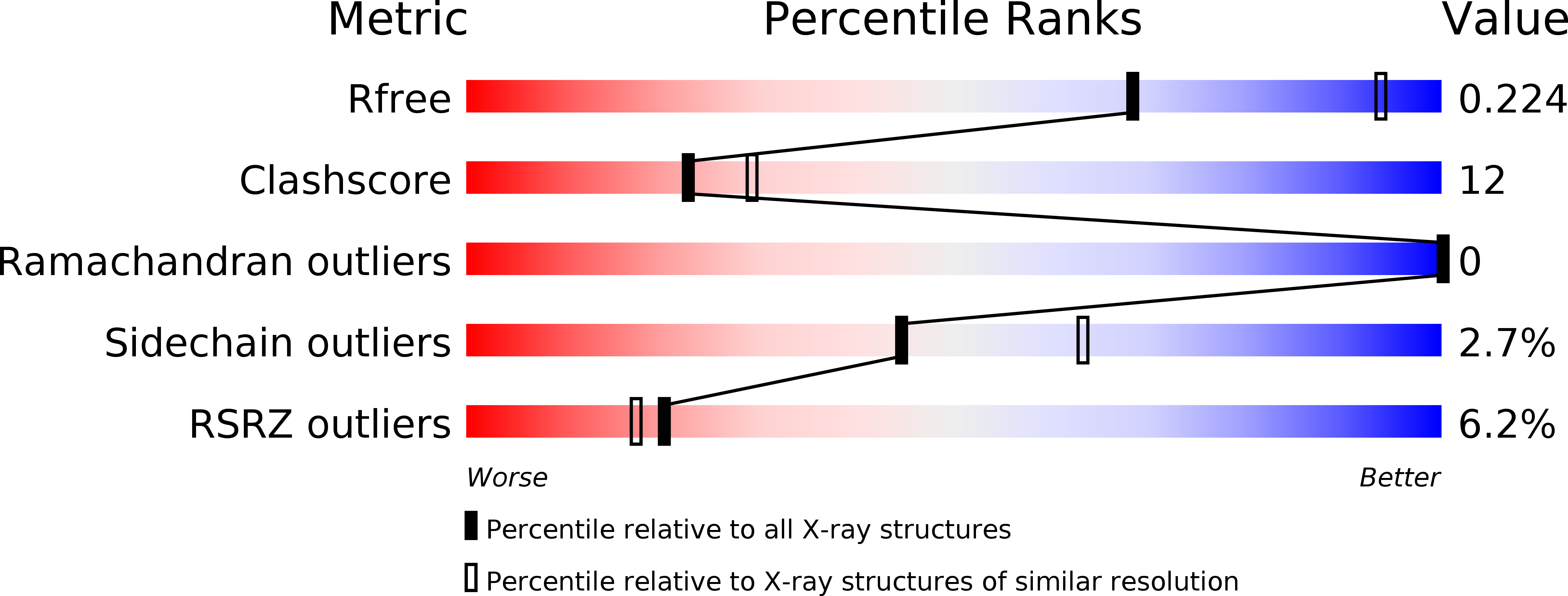
Deposition Date
2011-02-19
Release Date
2011-10-12
Last Version Date
2023-09-13
Entry Detail
PDB ID:
3QS4
Keywords:
Title:
Crystal structure of LeuT mutant F259V bound to sodium and L-tryptophan
Biological Source:
Source Organism:
Aquifex aeolicus (Taxon ID: 63363)
Host Organism:
Method Details:
Experimental Method:
Resolution:
2.63 Å
R-Value Free:
0.22
R-Value Work:
0.21
R-Value Observed:
0.21
Space Group:
C 1 2 1


